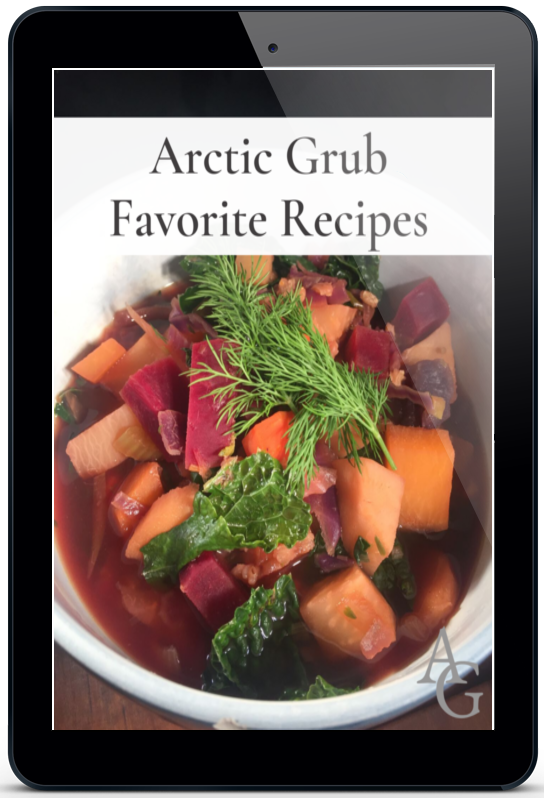Although potatoes have lost some of its stronghold in Norwegian cuisine as Norwegians’ taste buds are becoming more international, it is still a huge part of our diet. I can’t count how many times I’ve been at restaurants with (very traditional palates) Norwegians when dishes come out and the question arrives: “Where are the potatoes?” It can be difficult to explain to some that not everyone feels that this side dish is essential for a meal to be complete. The most common method to prepare the potato in Norway is to boil them. Healthy, yes, but perhaps not the most flavorful way to enjoy them?
Archaeological findings in the Andes show that potatoes were grown 800, 000-1,000,000 years ago. They were brought to Europa via the Americas in the 14th century, where the Spanish first started growing the plant. The potato arrived to Norway in the 15th century, where the coastline communities (mainly priests and military officials) began growing it in their fields along with Danish potatoes. Priests would often move from district to district, and with them spread their knowledge about potatoes and how to cultivate them. This is why some priests were called “potato priests”, and it was thought that some priests seemed more excited to preach about potatoes than delivering the message of God. The commoner tended to be quite skeptical towards the potato at first, calling it the “devil’s fruit” because it grew under the earth. It was also believed people could become leprous from eating it.
People’s diets were generally very bad in this time era – many died from scurvy due to lack of vitamin C. After a while, it was discovered that the potato had many health benefits, and people starting adding it to their meals. A huge growth in Norway’s population created a need to increase the food production in the country and by 1809, potatoes contributed to 6% of the total food energy. By 1835 it grew to 26% (according to regjeringen.no – the history of the Potato).
During the war with England in 1807-1814, the potato played a particularly important part in the Norwegian cuisine, saving many from dying from hunger, since other food items like corn were scarce due to restricted imports. Potatoes also are an adaptable plant and can grow in very cold climates, all year long.
Today, Norwegians are more adventurous when it comes to preparing potato dishes. We eat them mashed, fried, baked and shred them to form special potato dumplings (I will cover a recipe for the famous “Potetball” soon).
One popular current potato dish is “Potatoes au Gratin” (fløtegratinerte poteter), with lots of heavy cream, milk and cheese, baked in the oven. While this is certainly delicious, it is rather heavy and perhaps not a suitable every day meal. When I arrived to the U.S. about two decades ago, I discovered the American diner, where I ordered the typical dish of scrambled eggs, bacon and home fries. I still remember that incredible breakfast, although a lot heavier than I was used to, I felt like I had come across something special. Later in life, when I got married to my husband – he taught me the very best way to make home fries, bringing it to the ‘next level’, in my opinion. I should mention my husband is a chef too (much more talented than I am), and he works as a Chef in one of the most popular restaurants on Manhattan.
Besides being his wife, and probably subjective, I still think these are the most delicious potatoes I have ever tasted. Crispy on the outside, moist, soft and piping hot on the inside, perfectly seasoned and gorgeous to look at! I could eat these by themselves, all day every day !
Try them out for yourself, it may take a couple of tries until you get the technique down, but don’t give up – you’ll get there, and you can serve restaurant quality potatoes right at home!
CHEF MARK’S SPECIAL HOME FRIES
2 lbs Yukon gold potatoes, peeled and cubed
1 tbsp extra virgin olive oil
2 sprigs fresh rosemary or thyme or both
2 -3 tbsp butter
Preheat oven to 400F.
To cube potatoes: First cut the potatoes in half on the long side, then in half again, then slice them into 2-inch pieces crossways and you have perfect, bite-sized “cubes” or triangles! 🙂
Place potatoes in a large pot of salted water and bring to a boil. Cook the potatoes until almost done, or until a cake tester or knife goes in with just the slightest resistance. Don’t cook them all the way through as they will turn to mush later! This should only take about 5 minutes or so. Drain the potatoes and pat them dry with paper towels. It is very important that the potatoes are completely dry before placing them in your saute pan or they will not crisp up!
In a heavy duty saute pan with an ovenproof handle- like a cast iron pan – heat up the oil over high heat on the stove burner. Place potatoes in a single layer, be careful not to overcrowd them or they will not get crispy, they will steam! Also make sure the oil/pan is VERY hot before placing the potatoes into the pan. Saute the potatoes over high heat until brown on one side (resist the urge to move them around), flip them, and place them in preheated oven. Leave in for about 10 minutes, check to see if they are brown on all sides. Add in the butter and fresh herbs, let the butter melt, tilt the pan a bit towards you to create a “pool” of butter and baste the potatoes with the butter, using a spoon (much like you would baste a turkey with the juices, to keep it moist). This will help crisp them up while moistening them and create that golden shine. The herbs, which will be mixed in with the butter will infuse the potatoes with wonderful rosemary and/or thyme flavors. Continue for a couple of minutes, pull them out and you are ready to serve!













0 Comments
Trackbacks/Pingbacks